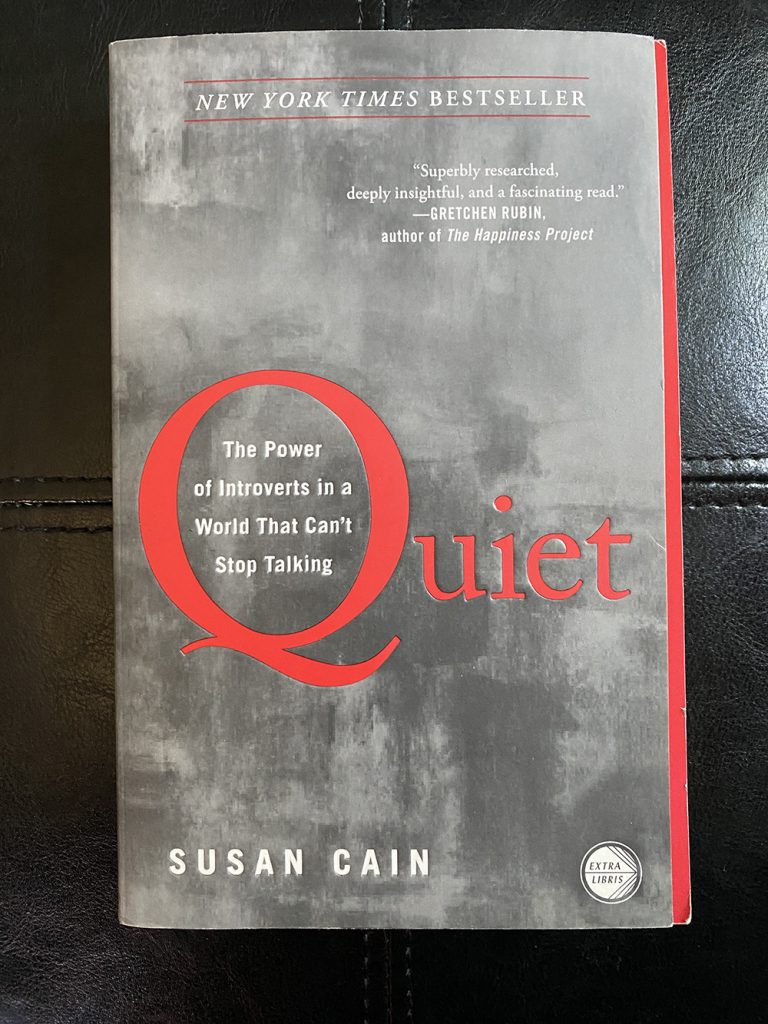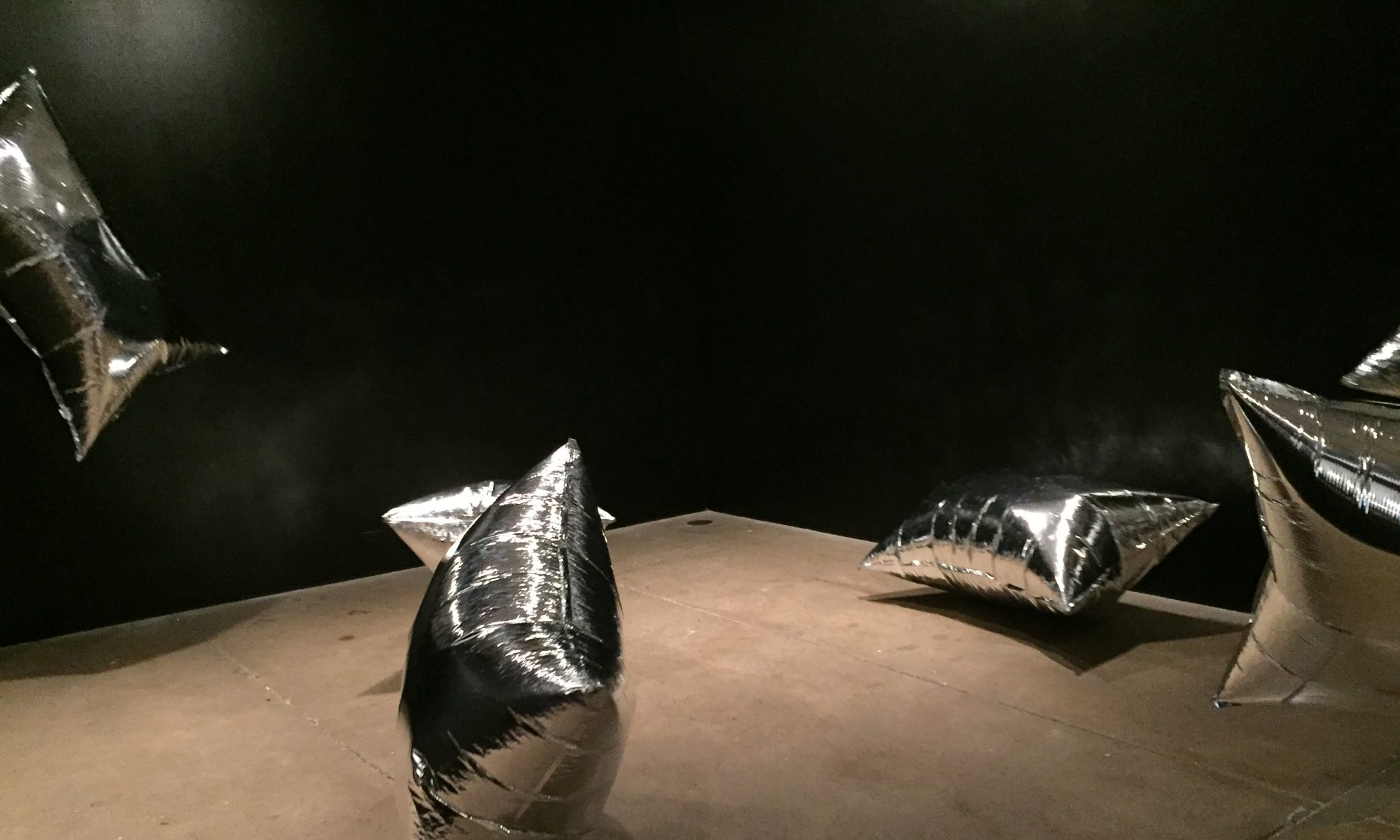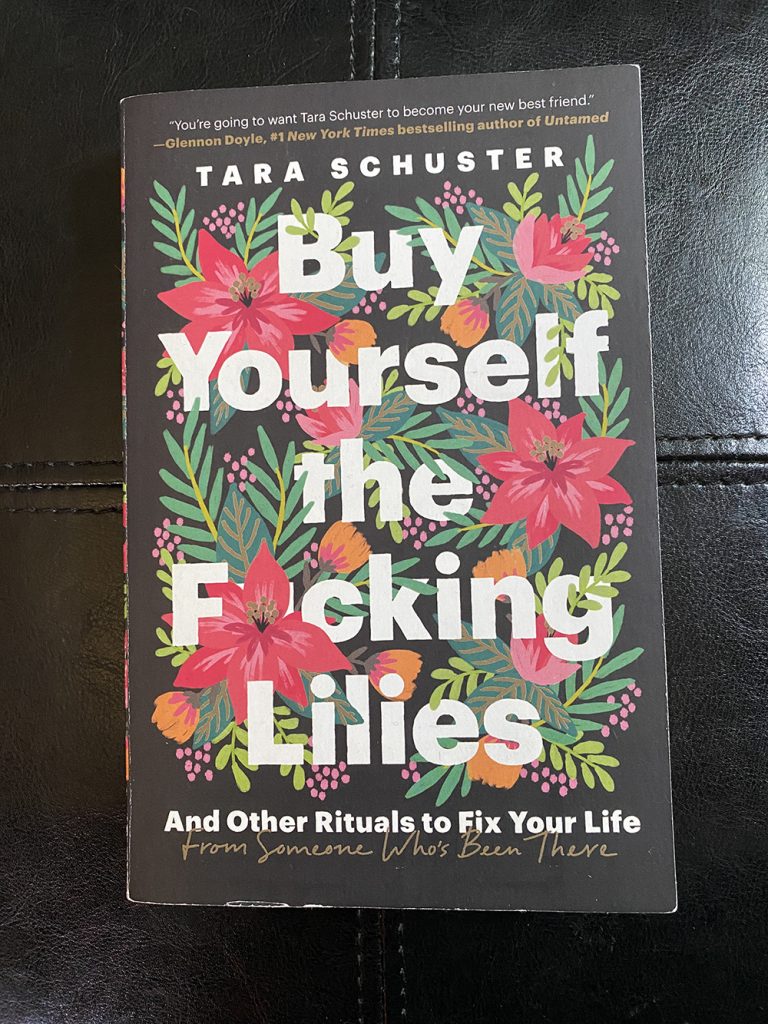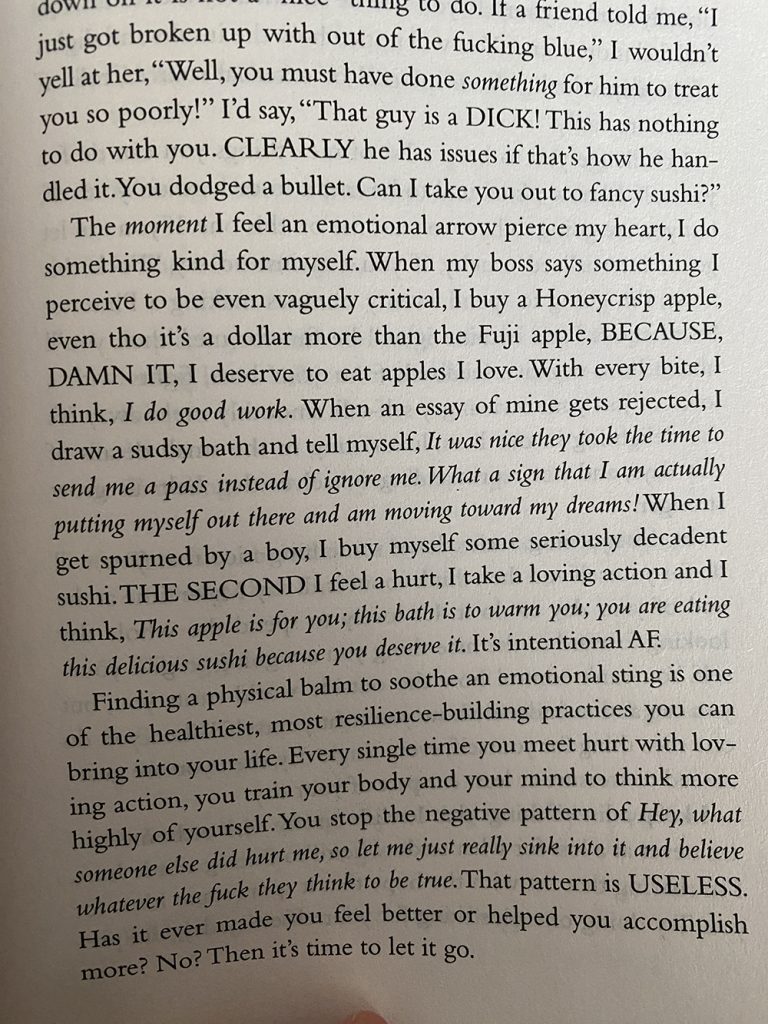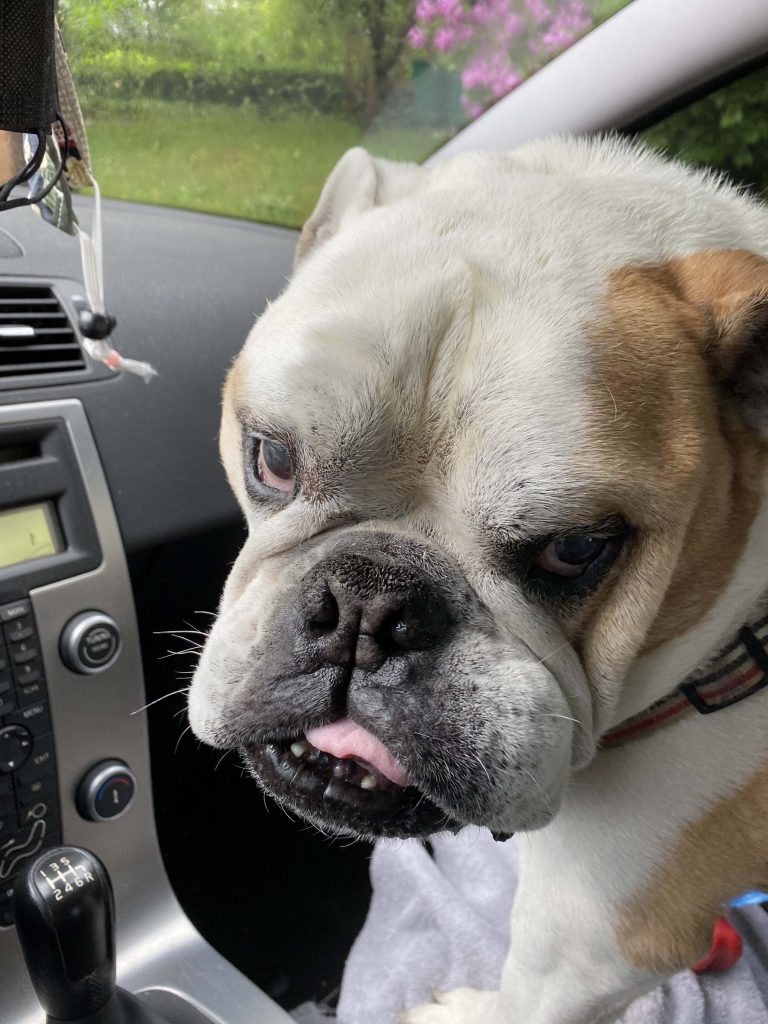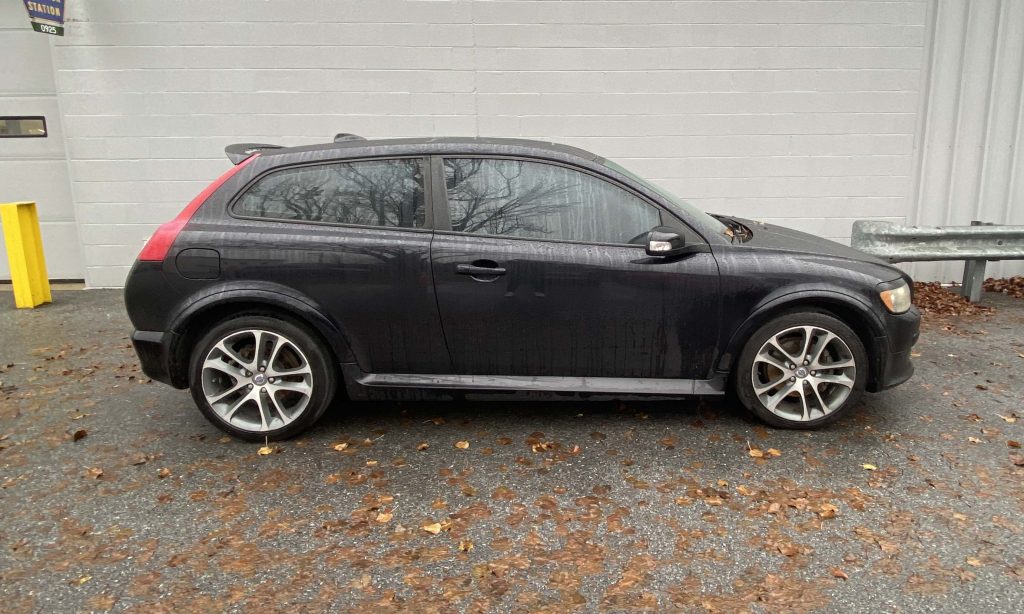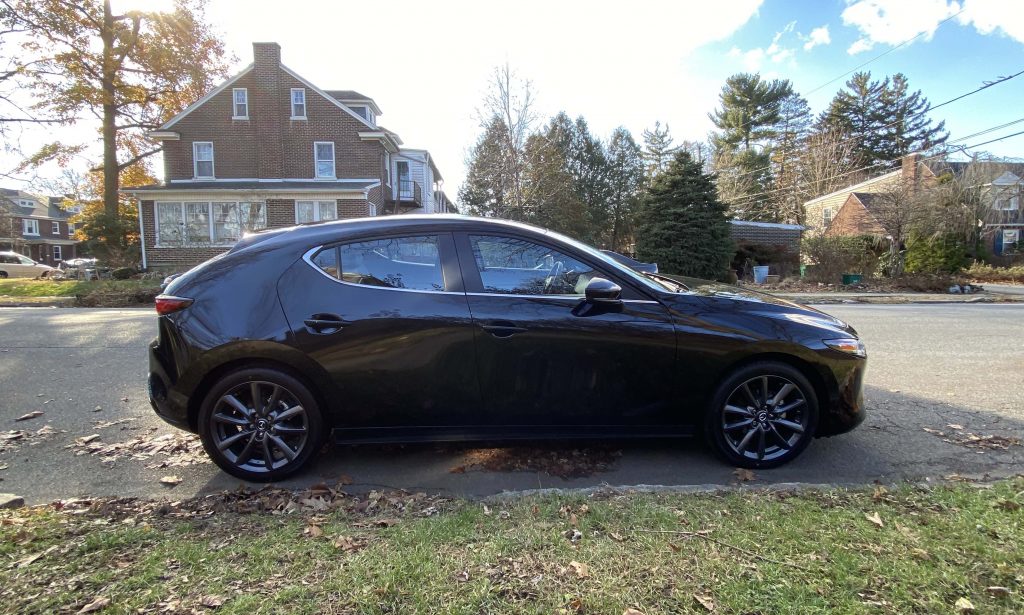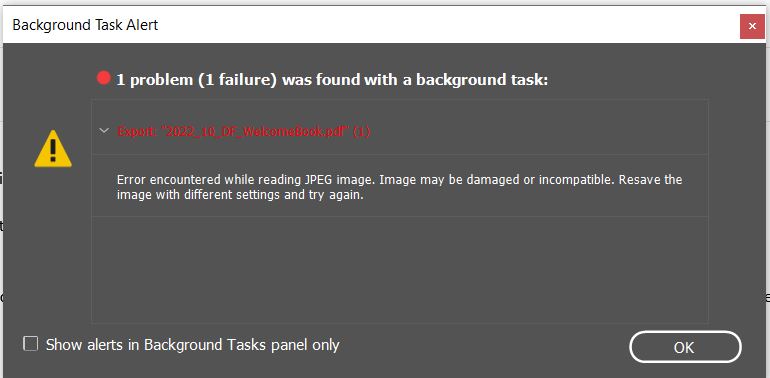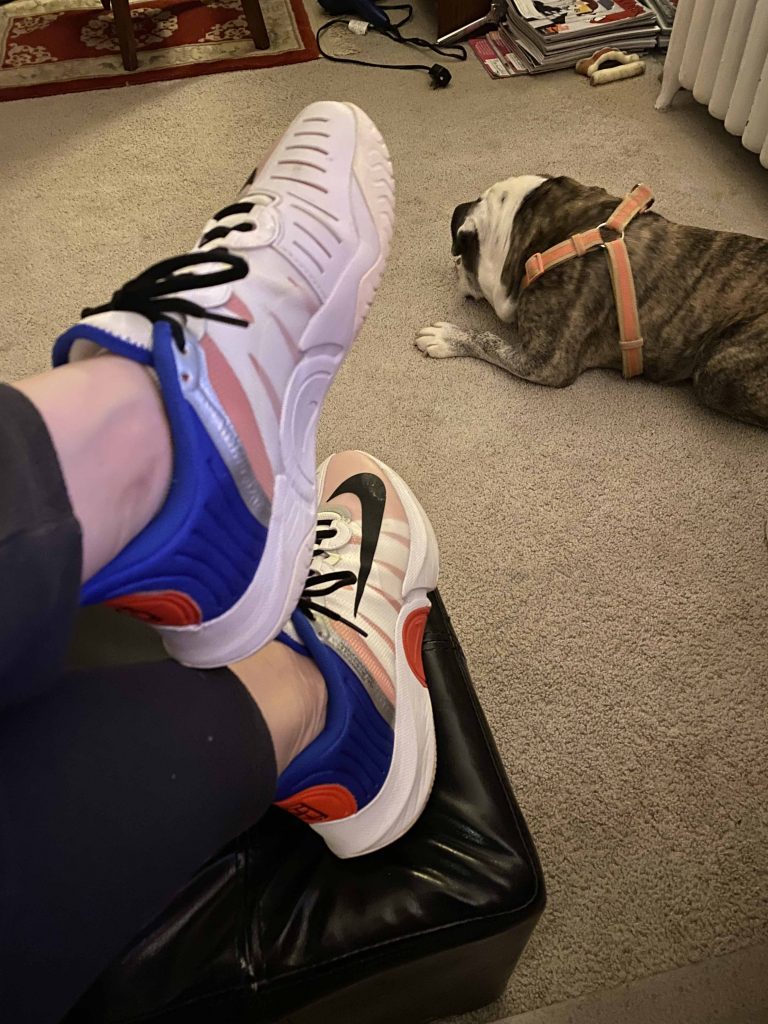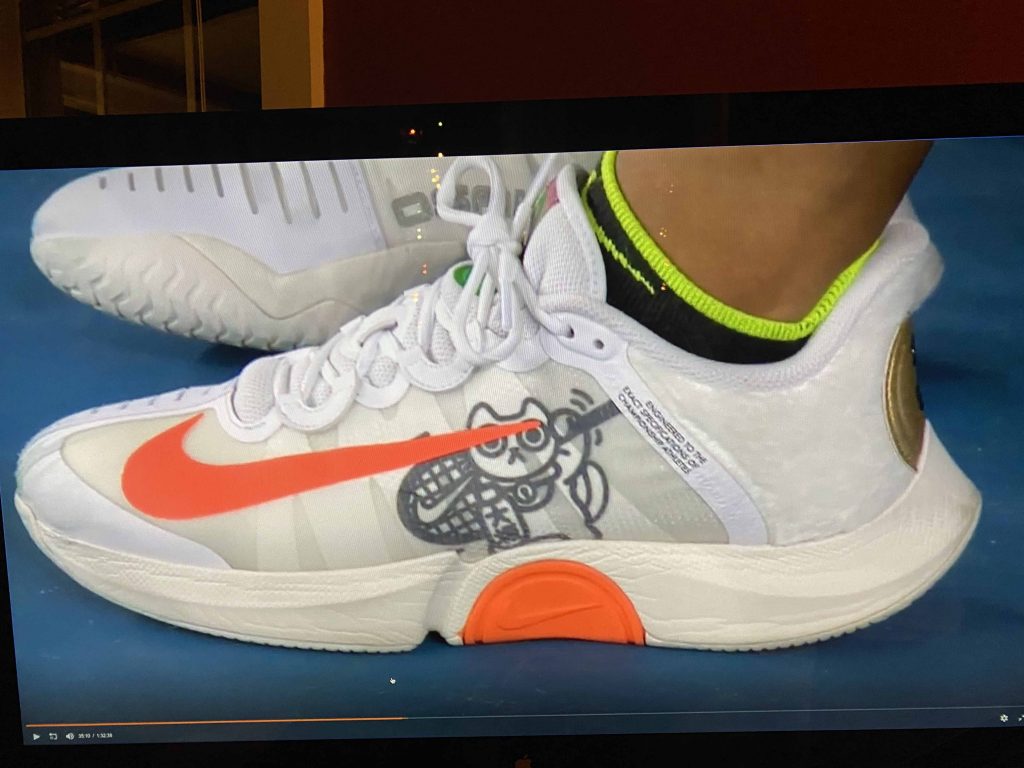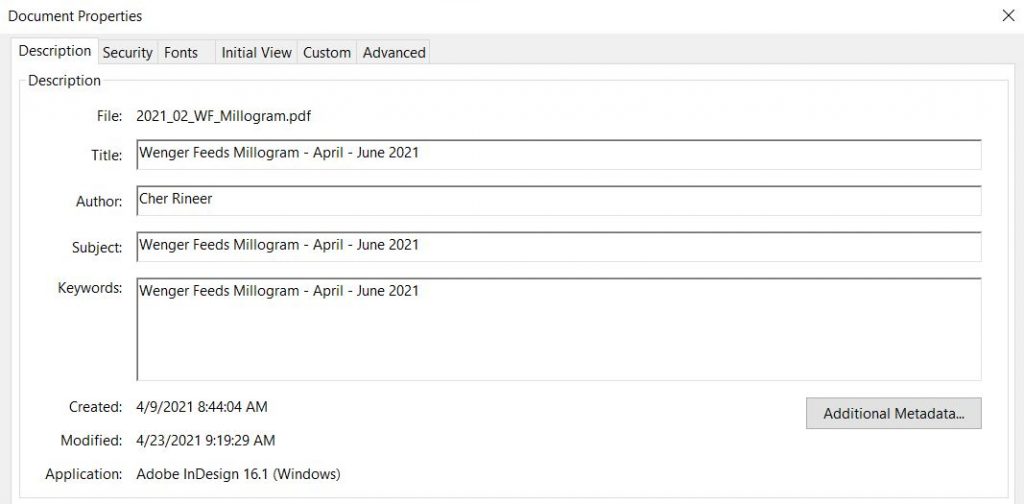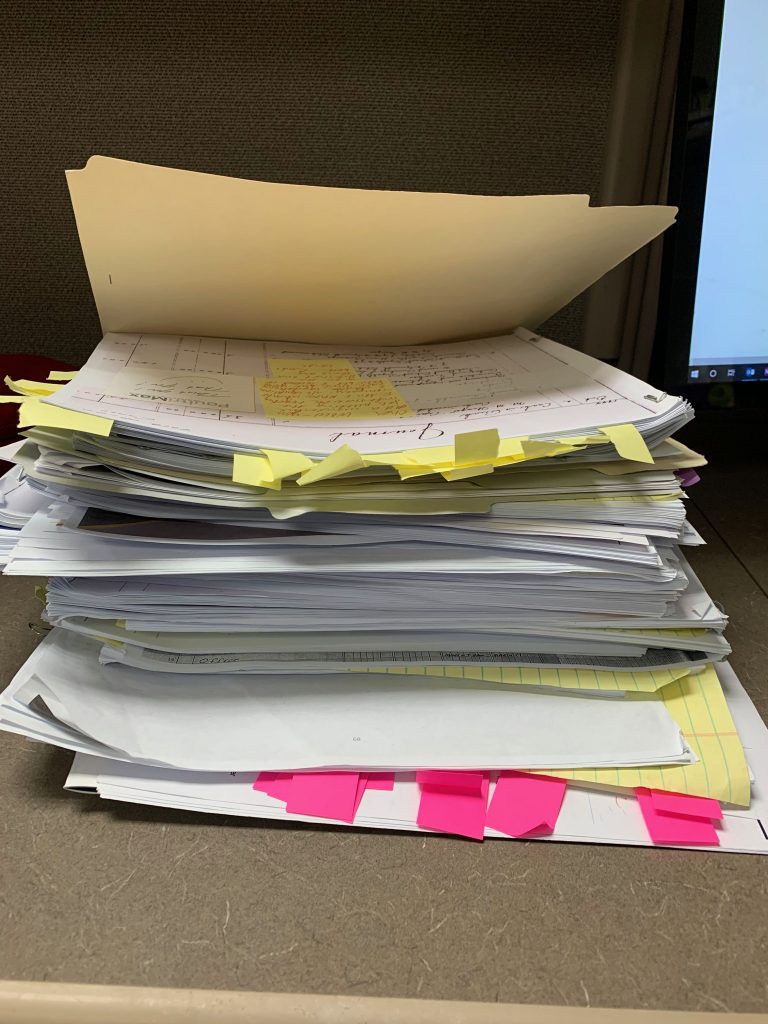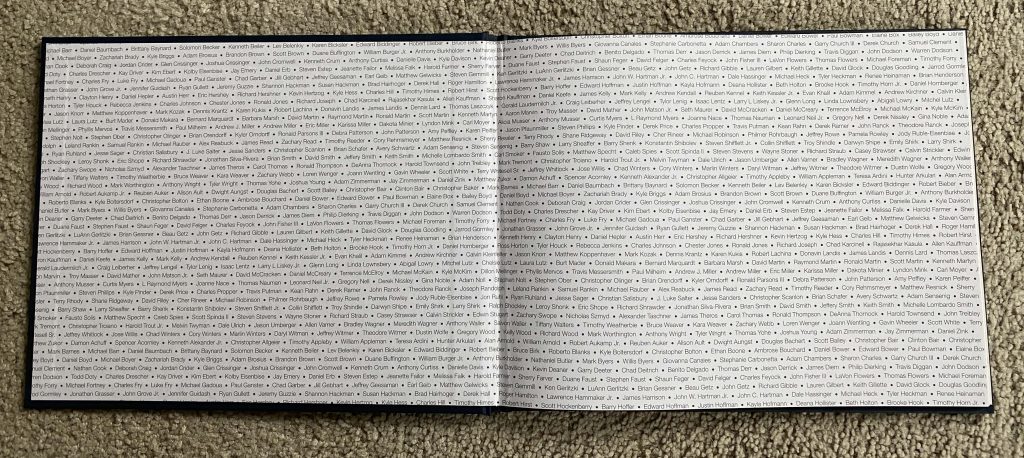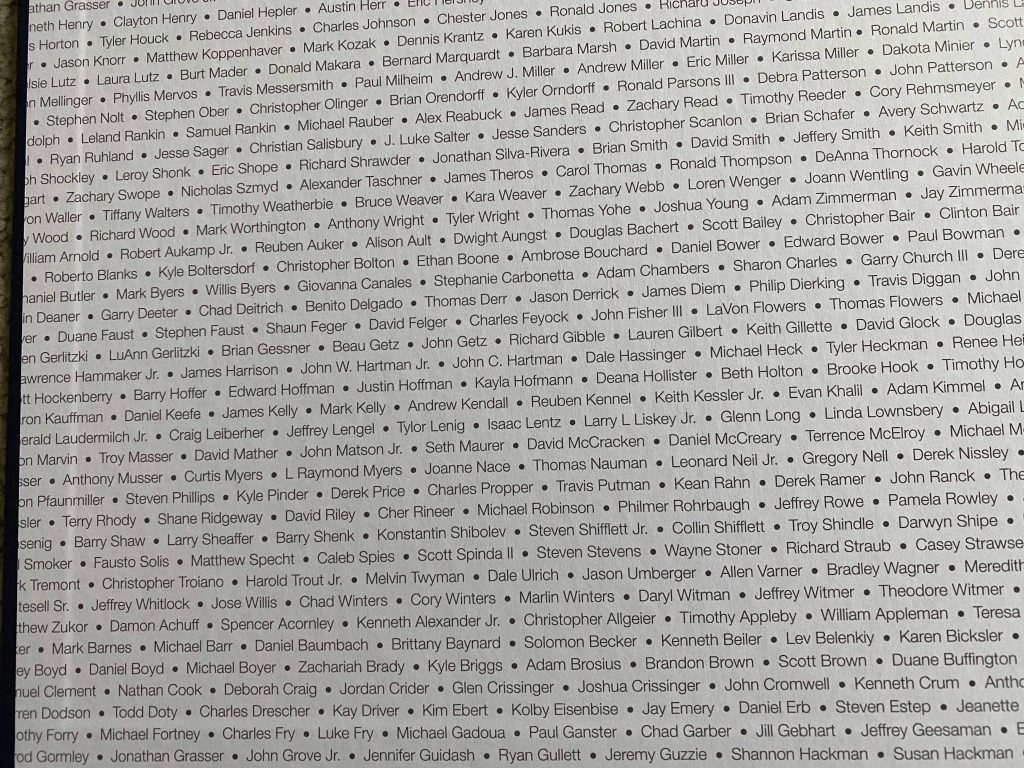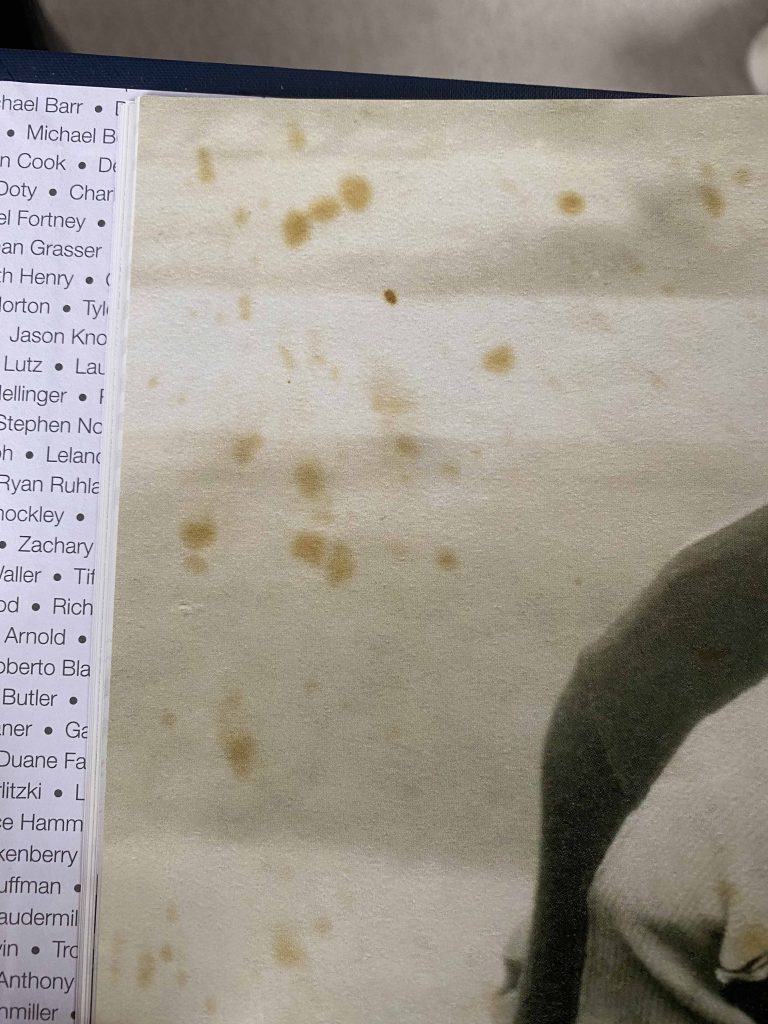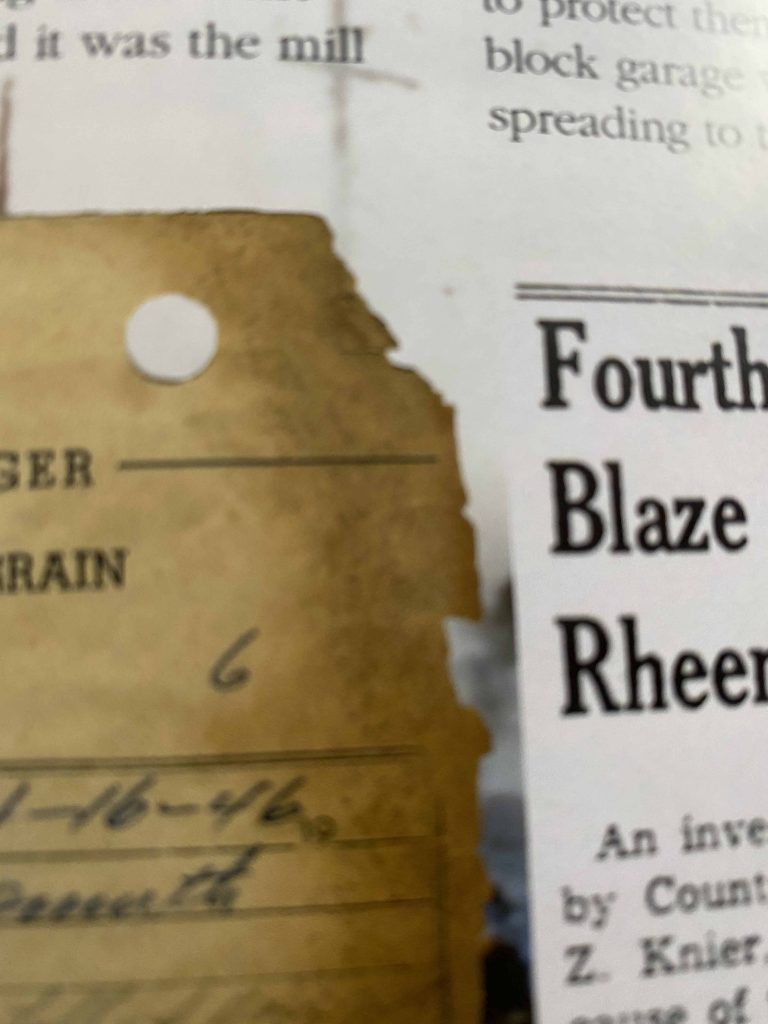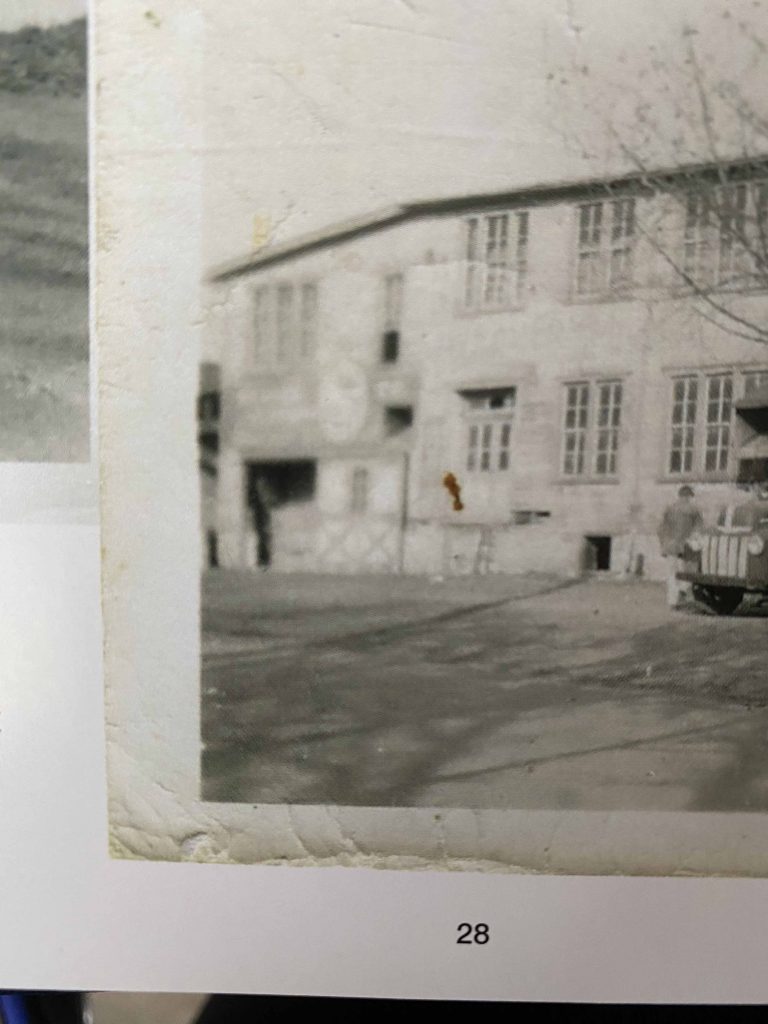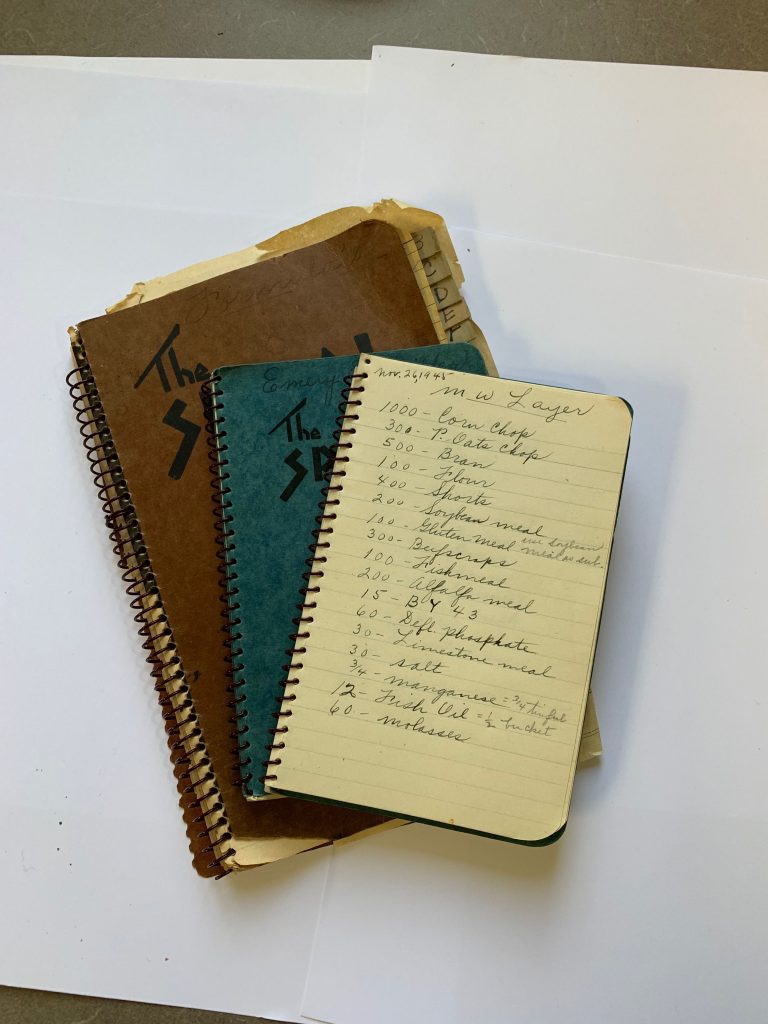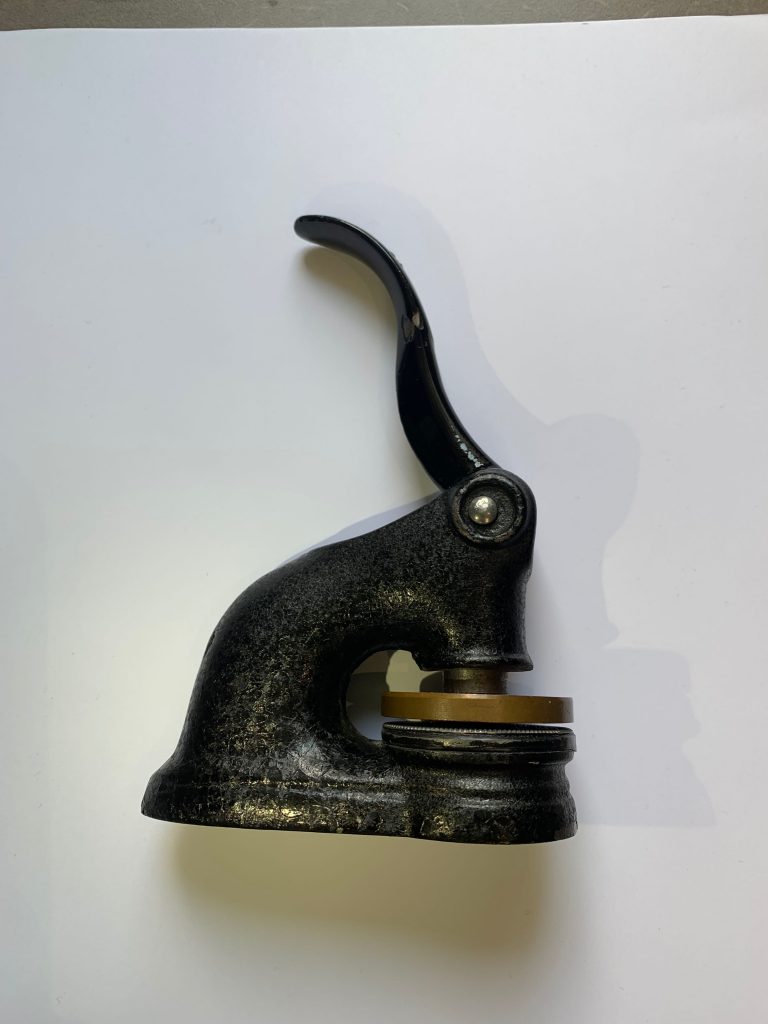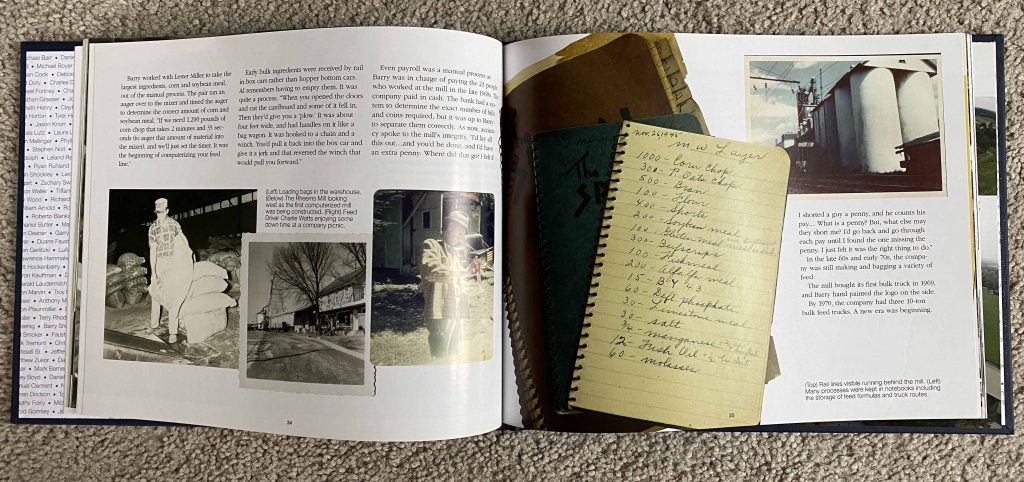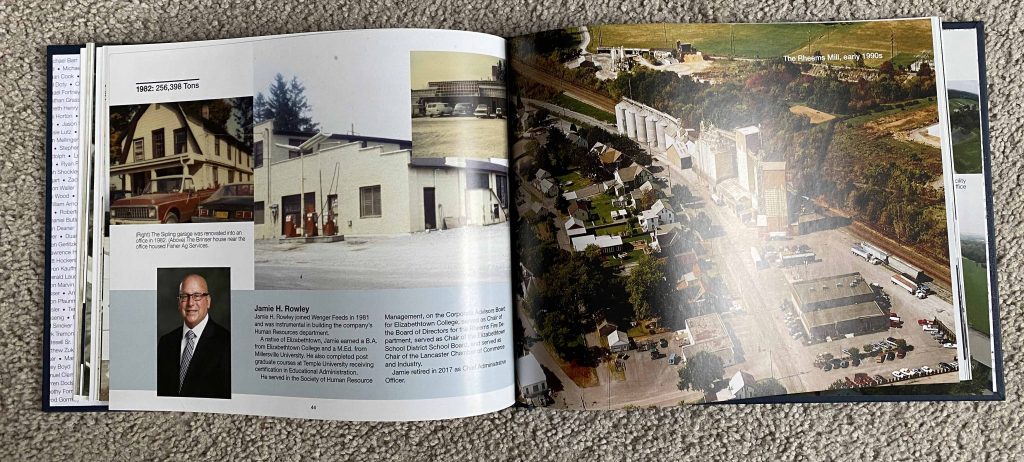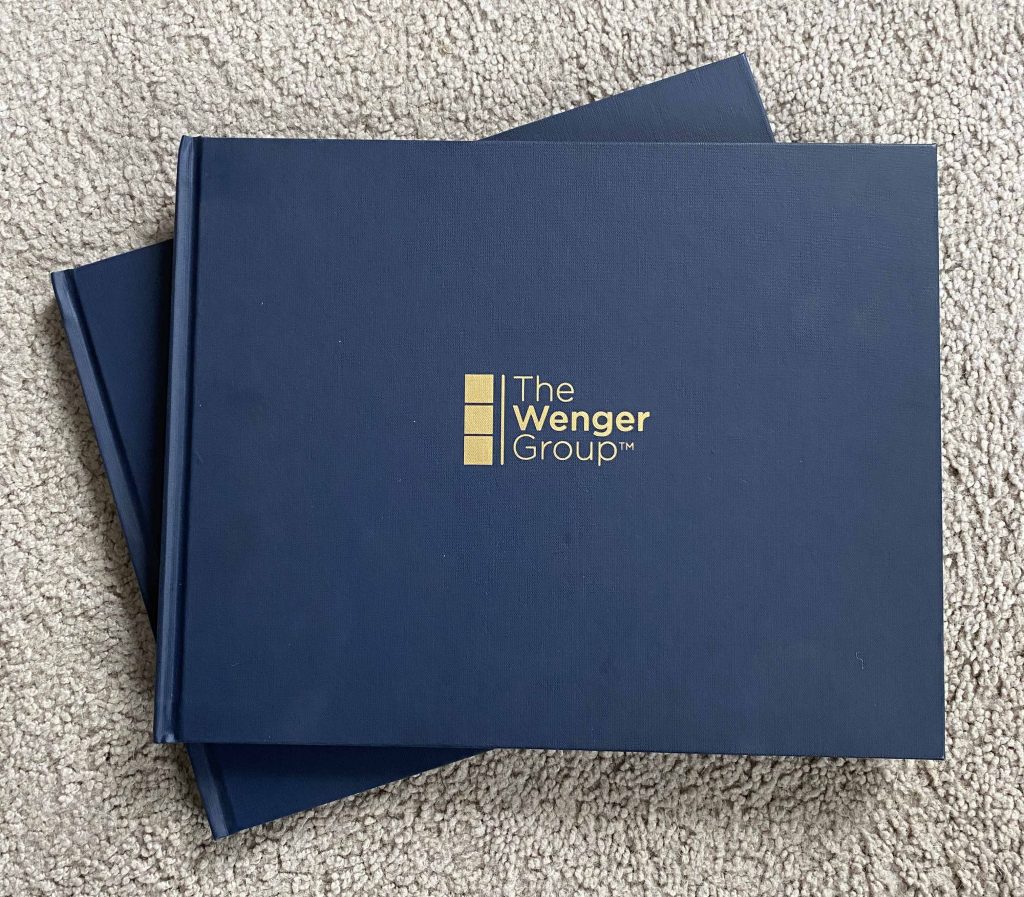At the end of every year, my mother and my friend Ann and I exchange our yearly reading lists. As a result, I have my lists from 2001 onward. Enjoy. Find yourself a good read.
Book List
2001
Marie Rudisill – The Southern Haunting of Truman Capote
James Carville – Stinkin’ The Case for Loyalty
James Carville – And the Horse He Rode In On
James Carville – We’re Right and Their Wrong
Henry Miller – Moloch: Or This Gentile World
William Wiser – The Twilight Years: Paris in the 1930s
Peggy Guggenheim – Confessions Of An Art Addict
David Mamet – Writing in Restaurants
Louis Auchincloss – Woodrow Wilson
Marie Gordon – Joan of Arc
Douglas Brinkley – Rosa Parks
Deborah Tannen – The Argument Culture
Zora Neal Hurston – Their Eyes Were Watching God
Slavenka Drakulic – Care Europe : Life After Communism
Al Franken – Rush Limbaugh is a Big Fat Idiot
John Howard Griffin – Black Like Me
Milan Kundera – Testaments Betrayed
Steven Dunderson & Rob Morris – House and Home
Vincent Bugliosi – The Betrayal of America
Gerry Spence – How to Argue and Win Every Time
Milan Kundera – The Farewell Party
Sherwin B. Nuland – Leonardo de Vinci
Alan M. Dershowitz – The Best Defense
Slavenka Krakulic – How We Survived Communism and Even Laughed
Eric Schlosser – Fast Food Nation
George H. Smith – Atheism: The Case Against God
Alan M. Dershowitz – Letters to a Young Lawyer
Alan M. Dershowitz – Reasonable Doubts
Michael Kingsley, ed. The Slate Diaries
Michael Paterniti – Driving Mr. Albert
2002
Russel Martin – Beethoven’s Hair
Hermann Hesse – Steppenwolf
David Sedaris – Me Talk Pretty One Day
Dave Edmonds & John Eidenow – Wittgenstein’s Poker
David Sedaris – Naked
V.S. Naipaul – Among the Believers
V.S. Naipaul – Beyond Belief
Chris Matthews – Now Let Me Tell You What I Really Think
Michael Ondaatje – Anil’s Ghost
V.S. Naipaul – A Turn in the South
Viktor E. Frankl – Man’s Search for Meaning
Andrea Tone – Devices and Desires
David Sedaris – Barrel Fever
Christopher Hitchens – Letters to a Young Contrarian
Alain de Botton – The Art of Travel
Adam Haslett – You Are Not A Stranger Here
Michael Shermer – How We Believe
V.S. Naipaul – India: A Wounded Civilization
Colson Whitehead – John Henry Days
2003
Penelope Hughes Hallett – The Immortal Dinner
Normal F. Cantor – In the Wake of the Plague: the Black Death and the World It Made
Greg Critser – Fat Land
Jim Collins – Good to Great
Candace Bushnell – Sex and the City
Samantha Weinberg – A Fish Caught in Time
Eric Schlosser – Reefer Madness
Michael Neumeier – Brand Gap
Simon Winchester – The Map that Changed the World
Frederick Lewis Allen – Only Yesterday
V.S. Naipaul – India: A Million Mutinies Now
Alexa Albert – Brothel: Mustang Ranch and It’s Women
James Laxer – Discovering America
Al Franken – Lies and the Lying Liars Who Tell Them
Robert Darnton: George Washington’s False Teeth: An Unconventional Guide to the Eighteenth Century
Don Delillo – White Noise
Jessica Warner – Craze: Gin and Debauchery in the Age of Reason
Simon Winchester – Krakatoa
Tony Horwitz – Confederates in the Attic: Dispatches from the Unfinished Civil War
2004
Bill Bryson – In a Sunburned Country
Stanley Weintraub – Silent Night: The Story of the World War I Christmas Truce
Augusten Burroughs – Dry: A Memoir
Augusten Burroughs – Running with Scissors
Tony Horwitz – Baghdad Without a Map
Bill Bryson – Neither Here Nor There: Travels in Europe
Bill Bryson – Made in America: An Informal History of the English Language in the United States
Mary Roach – Stiff: The Curious Lives of Human Cadavers
Bill Bryson – Notes from a Small Island
Peter Mayle – A Year in Provence
David Lamb – The Arabs: Journey Beyond the Mirage
Audre Dubas, III – The House of Sand and Fury
Bill Bryson, ed. – the Best American Travel Writing, 2000
Geraldine Brooks – Nine Parts of Desire: The Hidden World of Islamic Women
Suze Orman – The Nine Steps to Financial Freedom
Cynthia and Anna Benson – Firm for Life
David Sedaris – Dress Your Family in Corduroy and Denim
Ian Frazier – The Best American Travel Writing, 2003
Tim Cahill – Hold the Enlightenment
Jan v. White – Editing by Design
Ken Cato – Design by Thinking
Milan Kundera – Ignorance
Frederick Lewis Allen – Since Yesterday, 1929-1939
Tim Cahill – Pecked to Death by Ducks
Tony Howitz – Blue Latitudes
Sean O’Relly, ed. – Hyenas Laughed At Me and Now I Know Why
Sarah Vowell – The Partly Cloudy Patriot
Pete McCarthy – McCarthy’s Bar: A Journey of Discovery in the West of Ireland
Sarah Vowell – Take the Cannoli: Stories from the New World
Sarah Vowell – Radio On: A Listener’s Diary
W. Hampton Sides – Stomping Ground: A Pilgrim’s Progress Through Eight American Subcultures
Hank Stuever – Off Ramp: Adventures and Heartache in the American Elsewhere
Steve Almond – Candy Freak: A Journey Through the Chocolate Underbelly of America
Augusten Burroughs – Magical Thinking
Slavenka Drakulic – The Balkan Express: Fragments from the Other Side of War
Nick Flynn – Another Bullshit Night in Suck City
Paul Theroux – The Best American Travel Writing, 2001
2005
Hollis Gillespie – Confessions of a Recovering Slut
James Frey – A Million Little Pieces
The Best of Outside: The First 20 Years
Tim Cahill – Jaguars Ripped My Flesh
William Bridges – Transitions
Dalai Lama – The Art of Happiness
Melissa Bank – The Girls’ Guide to Hunting and Fishing
Jeanette Winterson – The Passion
Jennifer Gonnerman – Life on the Outside: The Prison Odyssey of Elaine Bartlett
Garrison Keiller – Homegrown Democrat
Alain de Botton – Status Anxiety
2006
Alice Sebold – Lucky
James Frey – My Friend Leonard
Azar Nafisi – Reading Lotlita in Tehran
Pico Iyer – The Global Soul: Jet Lag, Shopping Malls, and the Search for Home
Hollis Gillespie – Bleachy-Haired Honky Bitch : Tales from a Bad Neighborhood
Pico Iyer – Sun After Dark: Flights Into the Foreign
Vladimir Nabokov – Lolita
Willa Cather – Death Comes for the Archbishop
Pearl S. Buck – The Good Earth
Robin Williams – Web Design Workshop
Melissa Bank – The Wonder Spot
George Carlin – When Will Jesus Bring the Pork Chops
Greg Critser – Generation Rx
Chuck Palahniuk – Diary
Laurie Notaro – Autobiography of a Fat Bride
Khaled Hosseini – The Kite Runner
Chuck Palahniuk – Stranger than Fiction
Bruce Robinson – The Peculiar Memories of Thomas Penman
Tim Cahill – Road Fever
Julia Scheeres – Jesus Land
2007
Bill Bryson – A Walk in the Woods
Hampton Sides – Americana
Tim Cahill, ed. – The Best American Travel Writing, 2006
Augusten Burroughs – Possible Side Effects
Frances Mayes – Under the Tuscan Sun
William Faulkner – As I Lay Dying
Jacqueline Cangro, ed. – The Subway Chronicles: Scenes from Life in New York
Sarah Turnbull – Almost French
Norah Vincent – Self-Made Man
Diablo Cody – Candy Girl: A year in the Life of an Unlikely Stripper
Frances Mayes – Bella Tuscany
Irvin Yalom – Momma and the Meaning of Life: Tales of Psychotherapy
Alexandra Fuller – Don’t Let’s Go to the Dogs Tonight: An African Childhood
Tom Negrino and Dori Smith – Macromedia Dreamweaver 8
Emma Larkin – Finding George Orwell in Burma
Marilyn Johnson – The Dead Beat: Lost Souls, Lucky Stiffs, and the Perverse Pleasure of Obituaries
Asne Seierstad – The Bookseller of Kabul
James C. Hunter – The Servant: A Simple Story About the True Essence of Leadership
Lisa Takeuchi Cullen – Remember Me: A Lively Tour of the New American Way of Death
Jhumpa Lahiri – Interpreter of Maladies
Peter Mayle – Acquired Tastes
Howard Schultz – Pour Your Heart Into It: How Starbucks Built a Company One Cup at a Time
Eric Hansen – The Bird Man and the Lap Dancer
Mark Haddon – The Curious Incident of the Dog in the Night Time
Eric Hansen – Strangers in the Forest: On Foot Across Borneo
Eric Hansen – Orchid Fever: A Horticulture Tale of Love, Lust, and Lunacy
Rachel Dewoskin – Foreign Babes in Beijing: Behind the Scenes of a New China
Irvin D. Yalom – Love’s Executioner and Other Tales of Psychotherapy
2008
Graham Greene: The Quiet American
Tim Cahill – Pass the Butterworms: Remote Journeys Oddly Rendered
Elizabeth Gilbert – Eat, Pray, Love
Julian Barnes – Flaubert’s Parrot
Adam Gopnick – Paris to the Moon
Anthony Bourdain – Kitchen Confidential: Adventures in the Culinary Underbelly
Graham Greene – The End of the Affair
Christopher Hunt – Waiting for Fidel
Patrick Symmes – Chasing Che: A Motorcycle Journey in Search of the Guevara Legend
Paul Loeb and Suzanne Hlavacek – Smarter Than You think
Patricia B. McConnell – The Other End of the Leash: Why We Do What We Do Around Dogs
Miranda July – No One Belongs Here More Than You
J. Maarten Troost – The Sex Lives of Cannibals: Adrift in the Equatorial Pacific
J. Maarten Troost – Getting Stoned with Savages: A Trip Through the Islands of Fiji and Vanuatu
David Sedaris – When You Are Engulfed in Flames
2009
Susan Orlean, ed. – The Best American Travel Writing, 2007
Chuck Palahniuk – Choke
Tim Cahill – Lost in My Own Backyard: A Walk in Yellowstone
Elizabeth Castro – HTML, XHTML, and Css
Khaled Hosseini – A Thousand Splendid Suns
Burkhard Bilger – Noodling for Flatheads: Moonshine, Monster Catfish, and the Other Southern Comforts
Chuck Thompson – Smile When You’re Lying: Confessions of a Rogue Travel Writer
Eric Hansen – Motoring with Mohammed: Journeys to Yemen and the Red Sea
Pete Jordan – Dishwasher: One Man’s Quest to Wash Dishes in All Fifty States
Cecily Von Ziegesar – Gossip Girl
Barack Obama – Dreams of My Father
Anthony Bourdain, ed. The Best American Travel Writing, 2008
Jeffrey Eugenides – Middlesex
Jeffrey Eugenides – The Virgin Suicides
Mike Daisy – 21 Dog Years: Doing Time at Amazon.com
2010
Katherine Ulrich – Flash CS4 Professional
Cesar Millan – Be the Pack Leader
Henry Miller – The Rosy Crucifixion 1: Sexus
Henry Miller – The Rosy Crucifixion 2: Plexus
Henry Miller – The Rosy Crucifixion 3: Nexus
Rosamund and Benjamin Zander – The Art of Possibility
Alain de Botton – How Proust Can Change Your Life (second read)
Alain de Botton – The Pleasures and Sorrows of Work
Alain de Botton – The Architecture of Happiness
Lauren Weber – In Cheap We Trust: The Story of a Misunderstood American Virtue
Kelly Cutrone – If You Have to Cry, Go Outside
J. Maarten Troost – Lost on Planet China
Jon Krakauer – Into the Wild
Cesar Millan – Cesar’s Rules: Your Way to Train a Well Behaved Dog
Michael Schaffer – One Nation Under Dog: America’s Love Affair with our Dogs
2011
Chuck Thompson – To Hellholes and Back: Bribes, Lies, and the Art of Extreme Tourism
Alexandra Horowitz – Inside of a Dog: What Dogs See, Smell, and Know
Gary Dell’Abate – They Call Me Baba Booey
Cesar Millan – Be the Pack Leader
Sloane Crosley – I Was Told There’d Be Cake
Randy Kennedy – Subwayland: Adverturns in the World Beneath New York
Bernard-Henri Levy – American Vertigo: Traveling America in the Footsteps of Tocqueville
Jonathan Franzen – How to Be Alone: Essays
Stefan Bechtel – Dogtown: Tales of Rescue, Rehabilitation, and Redemption
Malcolm Gladwell – Outliers: The Story of Success
Tim Clissfold – Mr. China: A Memoir
Stephanie Meyer – Breaking Dawn
Patton Oswalt – Zombie, Spaceship, Wasteland
Anthony Bourdain – Medium Raw
David Sedaris – Holidays on Ice
Sloane Crosley – How Did You Get This Number
Stephanie Meyer – Twilight
Stephanie Meyer – New Moon
Stephanie Meyer – Eclipse
Mishna Wolff – I’m Down: A Memoir
Carl Hoffman – The Lunatic Express: Discovering the World via It’s Most Dangerous Buses, Boats, Planes, and Trains
Michael Tonello – Bringing Home the Birkin: My Life in Hot Pursuit of the World’s Most Coveted Handbag
Adam Carolla – In 50 Years, We’ll All Be Dead
Jillian Lauren – Some Girls: My Life in a Harem
Mark Bryan, Julia Cameron, and Catherine Allen – The Artist’s Way at Work: Riding the Dragon – Twelve Weeks to Creative Freedom
Frances Mayes, ed. – The Best American Travel Writing, 2002
2012
Virginia and Lee McAlester – A Field Guide to American Houses
Kelly Cutrone – Normal Gets You Nowhere
Tina Fey – Bossypants
Jeroen Van Bergeijk – My Mercedes is Not for Sale
Mireille Guiliano – French Women for all Seasons
Adam Carolla – Not Taco Bell Material
Neil Steinberg – Drunkard: A Hard Drinking Life
Malcolm Gladwell – What the Dog Saw and Other Adventures
Chuck Klosterman – Eating the Dinosaur
2013
Patricia B. McConnell, Ph.D. – For the Love of a Dog
Miranda July – It Chooses You
Suzanne Clothier – If a Dog’s Prayers Were Answered, Bones Would Rain from the Sky: Deepening our Relationship with Dogs
W. Timothy Gallwey – The Inner Game of Tennis
Tim Gunn – A Guide to Quality, Taste, and Style
Michelle Nevis and James Nevis – Inside the Apple: A Streetwise History of New York
Sloane Crosley, ed. – The Best American Travel Writing, 2011
Jonah Lehrer – Proust Was a Neuroscientist
Jon Ronson – The Psychopath Test
NY Transit Museum – Subway Style: 100 Years of Architecture and Design in the NYC Subway
Allee Sparberg Alexiou – The Flatiron
Chuck Thompson – Better Off Without Them: A Northern Manifesto for Southern Secession
Malcolm Gladwell – Blink: The Power of Thinking Without Thinking
2014
Stephen Budianky – The Truth About Dogs
Marc Maron – Attempting Normal
David Sedaris – Let’s Explore Diabetes with Owls
Patti Smith – Just Kids
Andre Agassi – Open
Daniel Drennan – The New York Diaries
J. Maarten Troost – Headhunters on My Doorstep: A True Treasure Island Ghost Story
Sophia Amoruso – #Girlboss
Rosecrans Baldwin – Paris, I Love You, But You’re Bringing Me Down
2015
Christopher Winn – I Never Knew That About New York
Simon Doonan – The Asylum
Olivier Magny – Stuff Parisians Like
Jon Ronson – So You’ve Been Publicly Shamed
Benny Lewis – Fluent in 3 Months
David Epstein – The Sports Gene
Elizabeth Cline – Overdressed: The Shockingly High Cost of Cheap Fashion
2016
Rory Freedman and Kim Barnouin – Skinny Bitch
Nina Garcia – The Little Black Book of Style
Patrick Smith – Ask the Pilot
Daniel Goleman – Focus: The Hidden Driver of Excellence
Simon Sinek – Leaders Eat Last
Bill Bishop – Going to the Net: Winning the Psychological Game of Tennis (And Life)
Simon Sinek – Start with Why: How Great Leaders Inspire Everyone to Take Action
Sam Quinones – Dreamland: True Tales of America’s Opiate Epidemic
William Alexander – Flirting with French: How A Language Charmed Me, Seduced Me, and Nearly Broke My Heart
Fredrick Eklund – The Sell: The Secrets of Selling Anything to Anyone
Julie Barlow – The Bonjour Effect: The Secret Code of French Conversation Revealed
2017
Sebastian Junger – Tribe: On Homecoming and Belonging
Jon Ronson – Them
Adam Grant – Originals: How Non-Conformists Made the World
Yann Martel – Life of Pi
Michael Lewis – Boomerang: Travels in the Third World
William Skidelsky – Federer and Me: A Story of Obsession
Maria Sharapova – Unstoppable
Cheryl Strayed – Wild
David Greene – Midnight in Siberia
Mary Roach – Grunt: The Curious Science of Humans at War
Dan Harris – 10% Happier
Gabrielle Bernstein – the Universe Has Your Back
2018
Thomas L. Friedman – Thank You for Being Late: An Optimist’s Guide to Thriving in the Age of Acceleration
Melissa Milgrom – Still Life: Adventures in Taxidermy
Robert Wright – Why Buddhism is True: The Science and Philosophy of Meditation and Enlightenment
Penny Garfinkle – Buddha or Bust: In Search of Truth, Memory, Happiness, and The Man Who Found Them All
Sharon Salzberg and Robert Thurman – Love Your Enemies: How to Break the Anger Habit and Be A Whole Lot Happier
Mark Epstein, MD – Going to Pieces Without Falling Apart: A Buddhist Perspective on Wholeness
Vivian Gornick – The Old Woman and the City: A Memoir
Daniel Pink – Drive: The Surprising Truth About What Motivates Us
Maryn McKenna – Big Chicken: How Antibiotics Created Modern Agriculture and Changed The Way The World Eats
David Foster Wallace – String Theory
Austin Kleon – Steal Like an Artist
Adam Gopnik – Through the Children’s Gate: At Home In New York
Lee Gutkind, ed. – The Best Creative Nonfiction, Vol 2
Dana Thomas – Deluxe: How Luxury Lost Its Luster
James Blake – Breaking Back: How I Lost Everything and Won Back My Life
Rafael Nadal – Rafa
Sian Beilock – Choke! What The Secrets of the Brain Reveal About Getting It Right When You Have To
Daniel Pink – A Whole New Mind: Why Right-Brainedness Will Rule the World
Brad Warner – Sit Down and Shut Up: Punk Rock Commentaries on Buddha, God, Truth, Sex, Death, and Dogen’s Treasury of the Right Dharma Eye
Robert Sullivan – Rats: Observations on the History and Habitat of the City’s Most Unwanted Inhabitants
Brad Warner – Don’t Be A Jerk and Other Practical Advice from Dogan, Japan’s Greatest Zen Master
Shawn Smucker – Building a Life Out of Words
2019
L. Jon Wertheim – Strokes of Genius: Federer, Nadal, and the Greatest Match Ever Played
Brad Warner – Hardcore Zen: Punk Rock, Monster Movies, and the Truth About Reality
Rowan Ricardo Phillips – The Circuit: A Tennis Odyssey
Mark Epstein, MD – Advice Not Given: A Guide to Getting Over Yourself
Patrick Mouratoglou – The Coach
Jake Dobkin – Ask A Native New Yorker: Hard Earned Advice on Surviving and Thriving in the Big City
Judy Murray – Knowing the Score: My Family and Our Tennis Story
Eric Schlosser and Charles Wilson – Chew On This: Everything You Don’t Want to Know About Fast Food
Brad Warner – Zen Wrapped in Karma Dipped in Chocolate
Carrie Brownstein – Hunger Makes Me a Modern Girl: A Memoir
Malcolm Gladwell – Outliers: The Story of Success
Arthur Jeon – City Dharma: Keeping Your Cool in the Chaos
2020
Malcolm Gladwell – Blink
Piper Kerman – Orange is the New Black
Tom Jokinen – Curtains: Adventures of an Undertaker in Training
Casey Schwartz – Attention: A Love Story
Elizabeth Wurtzel – Prozac Nation
Wayne Koesternbaum – Andy Warhol
Trevor Noah – Born A Crime
Michael Rips – The Golden Flea: A Story of Obsession and Collecting
Hunter S. Thompson – Fear and Loathing in Las Vegas: A Savage Journey to the Heart of the American Dream
Louise Bernikow – Dreaming in Libro: How A Good Dog Tamed a Bag woman
Sloane Crosley – How Did You Get This Number
Michael Arceneaux – I Don’t Want to Die Poor
Stephen King – On Writing
Michelle Alexander – The New Jim Crow: Mass Incarceration in the Age of Colorblindness
Chuck Klosterman – Sex, Drugs, and Cocoa Puffs
Anne Lamott – Bird by Bird
Stieg Larsson – The Girl With the Dragon Tattoo
David Sedaris – Theft by Finding: Diaries 1977-2002
Stieg Larsson – The Girl Who Played With Fire
2021
Stieg Larsson – The Girl Who Kicked the Hornet’s Nest
Hillary Allen – Out and Back: A Runner’s Story of Survival Against All Odds
William B. Helmreich – The Manhattan Nobody Knows: An Urban Walking Guide
Olivia Laing – The Lonely City: Adventures in the Art of Being Alone
Black Gopnik – Warhol
Rosecrans Baldwin – Everything Now: Lessons from the City State of Los Angeles
Jonathan Safran Foer – Extremely Loud and Incredibly Close
Ben Rhodes – The World as It Is: A Memoir of the Obama White House
Peter L. Bergen – Manhunt: The 10 Year Search for bin Laden from 9/11 to Abbottabad
John Steinbeck – Cannery Row
Thomas Dyja – New York, New York, New York: Four Decades of Success, Excess, and Transformation
Lawrence and Nancy Goldstone – Used and Rare: Travels in the Book World
Haruki Murakami – What I Talk About When I Talk About Running
Phil Knight – Shoe Dog: A Memoir by the Creator of Nike
Michael Pollan – This is Your Mind on Plants
David Sedaris – A Carnival of Snakery
Gerald Marzorati – Seeing Serena
Megan Rapinoe – One Life
Anthony Bourdain – Kitchen Confidential (second read)
Michael Pollan – In Defense of Food: An Eater’s Manifesto
Michael Pollan – How To Change Your Mind
Rebecca Solnit – Men Explain Things to Me
2022
Emily Rapp Black – Frida Kahlo and My Left Leg
Joshua Foer – Moonwalking with Einstein: The Art and Science of Remembering Everything
Scott Berkun – The Year Without Pants: WordPress.com and the Future of Work
Martha Wells – All Systems Red: The Murderbot Diaries
Alfons Kaiser – Karl Lagerfeld: A Life in Fashion
Pietra Rivoli – Travels of a T-Shirt in the Global Economy: An Economist Examines the Markets, Power, and the Politics of World Trade.
Sarah Vowell, ed. The Best American Nonrequired Reading, 2017
Brad Warner – Letters to a Dead Friend About Zen
David Shaftel and Caitlin Thompson, eds. Racquet: The Book
Meg Bowles, et. al, eds. How To Tell a Story: The Essential Guide to Memorable Storytelling from the Moth
David Sedaris – Happy-Go-Lucky
Bruce Mowday – Stealing Wyeth
Cristin O’Keefe Aptowicz – Dr. Mutter’s Marvels
Malcolm Gladwell – Talking to Strangers: What We Should Know About the People We Don’t Know
Stephen King – It
Anthony Doerr – All the Light We Cannot See
Dave Eggers, ed. – The Best American Nonrequired Reading, 2002
Alexandra Horowitz – On Looking: A Walker’s Guide to the Art of Observation
Michael Booth – Three Tigers, One Mountain: A Journey Through the Bitter History and Current Conflicts of China, Korea, and Japan
Claire Wilcox – Patch Work: A Life Amongst Clothes
Norman Ohler – Blitzed: Drugs in the Third Reich
Michelle Zauner – Crying in H Mart
Robert I Sutton, Ph.D. – The No Asshole Rule: Building A Civilized Workplace and Surviving One That Isn’t
Richard Russo – The Destiny Thief: Essays on Writing, Writers, and Life
Angie Thomas – The Hate U Give
Joshua Fields Millburn and Ryan Nicodemus – Love People, Use Things
Bruce Levin – Thaddeus Stevens: Civil War Revolutionary, Fighter for Racial Justice
Catherine Burns, ed. – The Moth
Charles Leerhsen – Down and Out in Paradise: The Life of Anthony Bourdain
2023
Jennifer 8. Lee – The Fortune Cookie Chronicles: Adventures in the World of Chinese Food
Camper English – Doctors and Distillers: The Remarkable Medicinal History of Beer, Wine, and Spirits
Tori Dunlap – Financial Feminist
James Clear – Atomic Habits
Johann Hari – Stolen Focus: Why You Can’t Pay Attention – and How to Think Deeply Again
Mika Brzezinski – Know Your Value – Women, Money, and Getting What You’re Worth
Salman Rushdie – Joseph Anton
Tiffany Aliche – Get Good with Money
Bee Wilson – Consider the Fork: A History of How We Cook and Eat
Amor Towles – A Gentleman in Moscow
Greg McKeown – Effortless: Make it Easier to do what Matters Most
William Middleton – Paradise Now: The Extraordinary Life of Karl Lagerfeld
Greg McKeown – Essentialism: The Disciplined Pursuit of Less
Todd Henry – The Accidental Creative: How to Be Brilliant at a Moment’s Notice
Erik Larson – The Devil in the White City
Haruki Murakami – Novelist as a Vocation
John Higgs – William Blake vs. The World
Austin Kleon – Show Your Work
Marie Kondo – The Life Changing Magic of Tidying Up: The Japanese Art of Decluttering and Organizing
Cheryl Strayed – Tiny Beautiful Things
Austin Kleon – Keep Going
Jonah Lehrer – Imagine: How Creativity Works
Tom Wolfe – The Kingdom of Speech
Tom Vitale – In the Weeds: Around the World and Behind the Scenes with Anthony Bourdain
Allie Brosh – Hyperbole and a Half: Unfortunate Situations, Flawed Coping Mechanisms, Mayhem, and Other Things That Happened
Rebecca Solnit. – Recollections of My Nonexistence
Anthony Bourdain – The Last Interview and Other Conversations
Yasunari Kawabata – First Snow on Fuji
Susan Cain – Quiet: The Power of Introverts in a World That Can’t Stop Talking
Tara Schuster – Buy Yourself the Fscking Lilies and Other Rituals to Fix Your Life
Twyla Tharp – The Creative Habit
Lauren Hough – Leaving Isn’t the Hardest Part – Essays
Debbie Millman – How To Think Like a Great Graphic Designer
Jill Lepore – The Secret History of Wonder Woman
Gary Keller – The One Thing: The Surprisingly Simple Truth Behind Extraordinary Results
Tony Tetro – Con/Artist: The Life and Crimes of the World’s Greatest Art Forger
Tara Schuster – Glow in the Fscking Dark
Brene Brown – Rising Strong: How the Ability to Reset Transforms the Way We Live, Love, Parent, and Lead
Jen Sincero – You Are A Badass
Burton G. Malkiel – A Random Walk Down Wall Street
Yasunari Kawabata – The Master of Go
Samantha Irby – We Are Never Meeting in Real Life: Essays
Elizabeth Gilbert – Big Magic: Creative Living Beyond Fear
David Sedaris – The Best of Me
Stephanie Elizondo Griest – Around the Bloc: My Life in Moscow, Beijing, and Havanna
Zeba Blay – Care Free Black Girls: A Celebration of Black Women in Popular Culture
Jean-Benoit Nadeau and Julie Barlow – The Story of Spanish
Samantha Irby – Meaty: Essays
Samantha Irby – Wow, No Thank You: Essays
Lulu Miller – Why Fish Don’t Exist: A Story of Loss, Love, and the Hidden Order of Life
Jennifer Ackerman – The Genius of Birds
Samantha Irby – Quietly Hostile: Essays
Jena Friedman – Not Funny: Essays on Life, Comedy, Culture, Etc.
Jenny Lawson – Furiously Happy: A Funny Book About Horrible Things
James Hamblin – Clean: The New Science of Skin and the Beauty of Doing Less
Arnold Schwarzenegger – Be Useful – Seven Tools for Life
Stephanie Land – Maid
Gregory Gibson – Hubert’s Freaks: The Rare Book Dealer, The Times Square Talker, and the Lost Photos of Diane Arbus
Jon Fosse – Scenes for a Childhood
Craig Taylor – New Yorkers: A City and Its People in Our Time
Julie Zhuo – The Making of a Manager: What to do when Everyone Looks to You
Philip Mark Plotch – Last Subway: The Long Wait for the Next Train in New York City
Anton Wormann – Free Houses in Japan: The True Story of How I Make Money DIY Renovating Abandoned Homes
George Watsky – How to Ruin Everything: Essays
Laura Belgray – Tough Titties: On Living Your Best Life When You’re the F-ing Worst
Mark Epstein, M.D. – The Zen of Therapy: Uncovering a Hidden Kindness in Life
2024
Marie Kondo – Spark Joy: An Illustrated Master Class on the Art of Organizing and Tidying Up
Nora Ephron – I Feel Bad About My Neck
Joan Didion – The Year of Magical Thinking
Augusten Burroughs – A Wolf at the Table
Peter Kaminsky – Pig Perfect: Encounters with Remarkable Swine and Some Great Ways to Cook Them
Jonathan Van Ness – Over the Top: A Raw Journey to Self-Love
Tan France – Naturally Tan
Jonathan Van Ness – Love that Story : Observations from a Gorgeously Queer Life
Margareta Magnusson – The Gentle Art of Swedish Death Cleaning
Mary Norris – Between You and Me: Confessions of a Comma Queen
Benjamin Lorr – The Secret Life of Groceries
Lindy West – Shrill
Chuck Palahniuk – Consider This: Moments in my Writing Life After Which Everything Was Different
Susan Orlean – The Library
Chuck Palahniuk – Non-Fiction
Kara Swisher – Burn Book
Robin S. Rosenberg, Ph.D. and Shannon O’Neill – The Psychology of the Girl with the Dragon Tattoo
James Patterson & Matt Eversmann – The Secret Lives of Booksellers and Librarians: True Stories of the Magic of Reading
Chuck Palahniuk – Fugitives and Refugees
Padma Lakshmi – Love, Loss, and What We Ate
